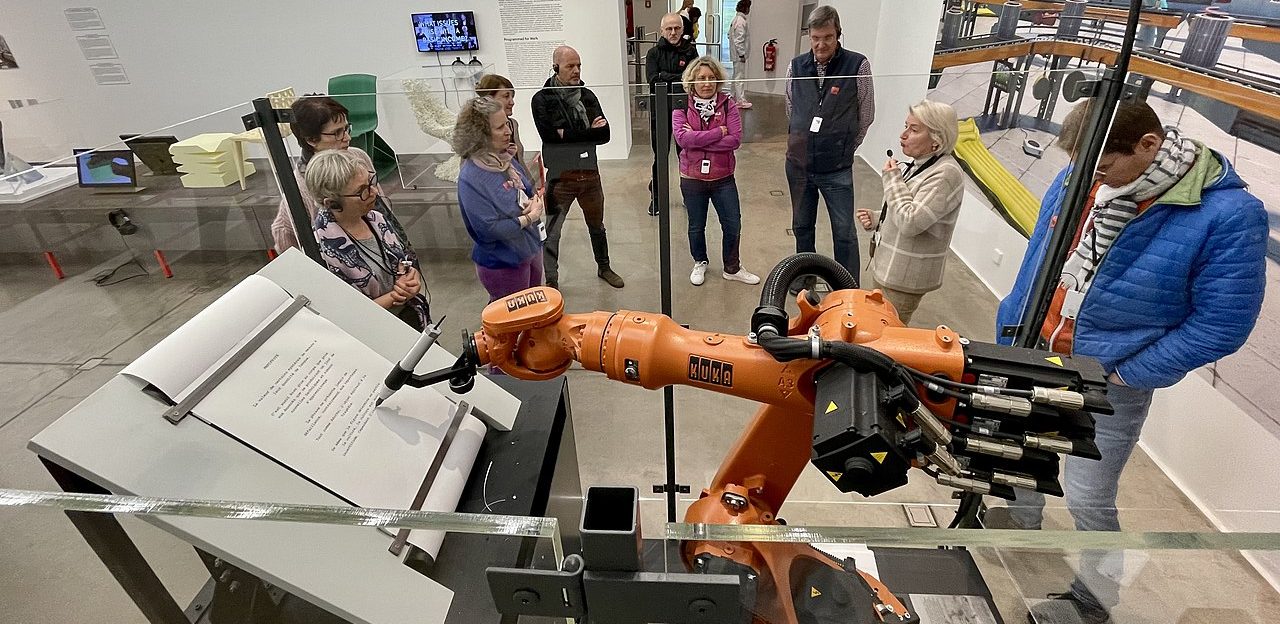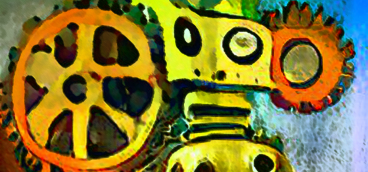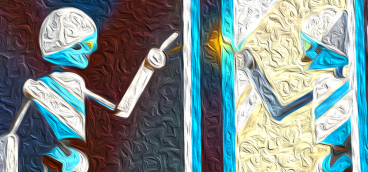Look at What AI Can Do

“[Generative AI] bids to transform the human cognitive process as it has not been shaken up since the invention of printing.” Henry Kissinger et al.
Previously in this series: Poems and College Essays by Chat GPT, Am I a Bot? Part IV
“I don’t think anybody’s job is safe. I am so excited to be dead in, like 20 years, because there’s not much more of this I can take.” David Sedaris
Honkling Withers, PhD, is Professor Emeritus of Obscure Literature at Oxford University. He is busily engaged on his magnum opus, a (projected) twenty-seven volume biography of the noted nineteenth century Romanian essayist, Gheorghe Cel Tradat Ungureanu Gheorghe.
But midway through volume fourteen, Honkling is stumped. In November of 1829 Gheorghe began what promised to be a fascinating essay on the subject of the poor quality of the mortar in the brick farmhouse where he lived in Băile Tușnad (Tusnádfürdő). But the essay had stopped in mid-sentence and never seems to have been completed.
Many biographers would simply have shrugged and moved on, but not Honkling Withers – he was determined to find out what had happened. If this troubling event had occurred in volume thirteen, written in 2022, poor Honkling would have had to spend weeks or months buried in the Bodleian Library chasing down clues, and even then he may never have found the answer.
But this being 2023, Honkling simply created an account on ChatGPT and asked the bot, “What the hell was going on in Romania in November of 1829?”
The bot came back very quickly with a series of paragraphs quite accurately noting that in 1829, following the Treaty of Adrianople, Wallachia and Moldavia (territories in Romania) were placed under Russian military rule until Turkey paid an indemnity.
The bot went on to note, as an aside, that the winter of 1829-30 was “the coldest winter in living memory in Romania.” Lake Sfânta Ana froze so hard and so thick that fish were trapped in the ice. Birds froze in mid-flight and fell out of the sky. Skinny Romanians walking home from the pub late at night froze in mid-stride and were found the next morning frozen solid and balanced on one foot.
“Aha!” cried Honkling. He now knew precisely why Gheorghe’s essay had stopped in mid-sentence – the ink in his inkwell had frozen and trapped his pen! Honkling went back to his manuscript and explained to his (future) readers exactly why the essay had stopped, and he even borrowed some of the bot’s more colorful anecdotes – Honkling was especially fond of the “frozen pedestrian” angle.
And here, on a more serious note, we find an actual use for generative AI: it’s a gigantic productivity enhancer even for a field – writing – that is hardly more productive today than it was in the days of ancient Sumer, 7,000 years ago. Instead of spending months in a library trying to find things out, and instead of slogging through scores of mostly-inappropriate hyperlinks, Professor Honkling Withers spent two minutes on ChatGPT and had his answer.
For novices – like high school poets or indifferent college sophomores – generative AI is no more than a mediocre shortcut. But for more knowledgeable and experienced people these bots are productivity- and creativity-enhancers. AI isn’t better than human writers, but human writers using AI may be better than human writers working alone – just ask Honkling Withers.
Even in these very early days of the technology, AI has already found many commercial uses. Consider these examples:
AI is being used in several countries to review breast tissue scans and find cancer that was missed by radiologists. In one clinic AI scans detected 13% more cancer than the human radiologists, quite probably saving lives.
At the Mayo Clinic AI is being used to diagnose heart problems faster, earlier, and more accurately than EKGs, echocardiograms, stress tests, CT scans, or MRIs.
AI might not be good at poetry (yet), but it is already superb at creating custom art work that would normally be created by more expensive and slower human artists.
AI is being widely used in various design fields, including landscape, interior, and web design.
AI systems like Midjourney, which create building images from text prompts, are rapidly transforming how architects work.
As The Economist reported, “Last year, in order to remix the [Beatles’] 1966 album ‘Revolver,’ [the producer] used AI to learn the sound of each band member’s instruments (e.g., John Lennon’s guitar) from a mono master tape so that he could separate them and reverse engineer them into stereo.”
Eighty percent of the readers of the journal, Nature, including me, have already used AI chatbots for uses including fun, brainstorming ideas, helping to write presentations, and so on.
An AI system called DeepMind, owned by Google, has solved one of the most perplexing problems in science – protein folding. Over the course of decades scientists had learned the structure of 194,000 proteins, but DeepMind, operating at warp speed, has already discovered the 3D structures of more than 200 million proteins.
An AI-based convolutional neural network has been developed to help scientists search for life on other planets, like Mars. In tests, the technology eliminated 97% of the search area, allowing scientists to focus on the remaining 3% and vastly improve their chances of finding life.
Of course, as with any new technology, there are problems ranging from minor glitches to more serious challenges. Some of the more common problems users have railed about are the result of misunderstanding how and why generative AI works. As the ChatGPT website itself points out:
[Generative AI] cannot access the internet, search engines, databases, or any other sources of information outside of its own [memory]. It cannot verify facts, provide references, or perform calculations or translations. It can only generate responses based on its own internal knowledge and logic.
In addition, the version of the bot that was released late last year had only been “trained” on internet activity through the end of 2021, so naturally it is often inaccurate when asked about more recent – or upcoming – events.
Next week we’ll look at some of the more serious issues with generative AI, including cheating on schoolwork, an issue that has an awful lot of people up in arms.
Next up: Am I a Bot, Part 6










